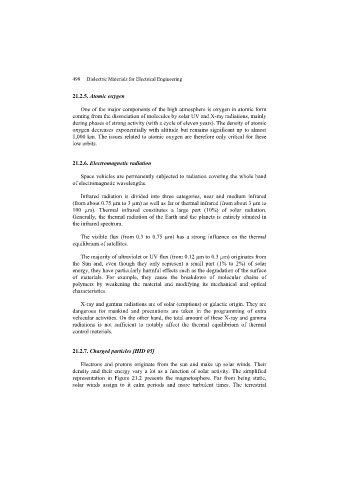Page 500 - Discrete Mathematics and Its Applications
P. 500
7.4 Expected Value and Variance 479
of a random variable by grouping together all outcomes assigned the same value by the random
variable, as Theorem 1 shows.
THEOREM 1 If X is a random variable and p(X = r) is the probability that X = r, so that p(X = r) =
p(s), then
s∈S,X(s)=r
E(X) = p(X = r)r.
r∈X(S)
Proof: Suppose that X is a random variable with range X(S), and let p(X = r) be the proba-
bility that the random variable X takes the value r. Consequently, p(X = r) is the sum of the
probabilities of the outcomes s such that X(s) = r. It follows that
E(X) = p(X = r)r.
r∈X(S)
Example 3 and the proof of Theorem 2 will illustrate the use of this formula. In Example
3 we will find the expected value of the sum of the numbers that appear on two fair dice when
they are rolled. In Theorem 2 we will find the expected value of the number of successes when
n Bernoulli trials are performed.
EXAMPLE 3 What is the expected value of the sum of the numbers that appear when a pair of fair dice is
rolled?
Solution: Let X be the random variable equal to the sum of the numbers that appear when a
pair of dice is rolled. In Example 12 of Section 7.2 we listed the value of X for the 36 out-
comes of this experiment. The range of X is {2, 3, 4, 5, 6, 7, 8, 9, 10, 11, 12}. By Example 12 of
Section 7.2 we see that
p(X = 2) = p(X = 12) = 1/36,
p(X = 3) = p(X = 11) = 2/36 = 1/18,
p(X = 4) = p(X = 10) = 3/36 = 1/12,
p(X = 5) = p(X = 9) = 4/36 = 1/9,
p(X = 6) = p(X = 8) = 5/36,
p(X = 7) = 6/36 = 1/6.
Substituting these values in the formula, we have
1 1 1 1 5 1
E(X) = 2 · + 3 · + 4 · + 5 · + 6 · + 7 ·
36 18 12 9 36 6
5 1 1 1 1
+ 8 · + 9 · + 10 · + 11 · + 12 ·
36 9 12 18 36
▲
= 7.
THEOREM 2 The expected number of successes when n mutually independent Bernoulli trials are per-
formed, where p is the probability of success on each trial, is np.

